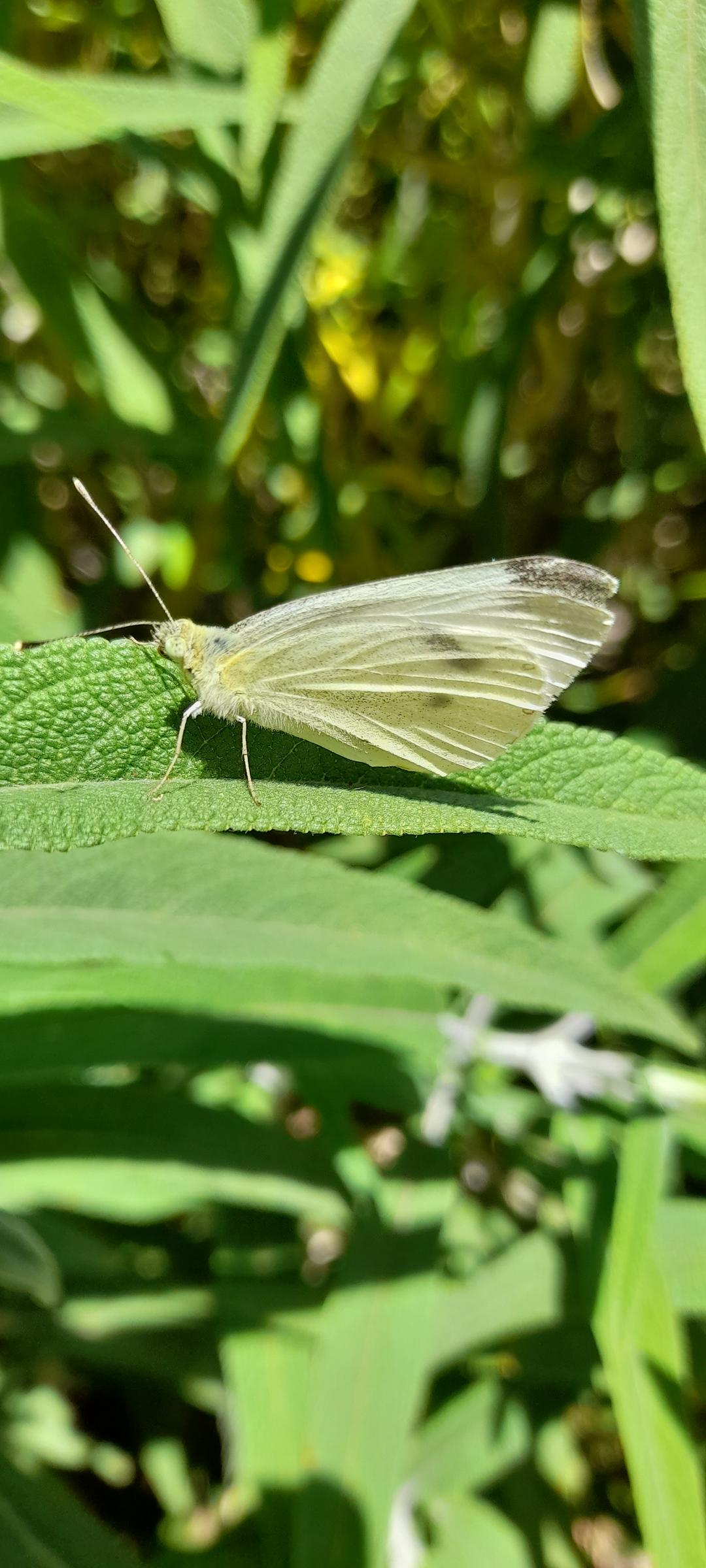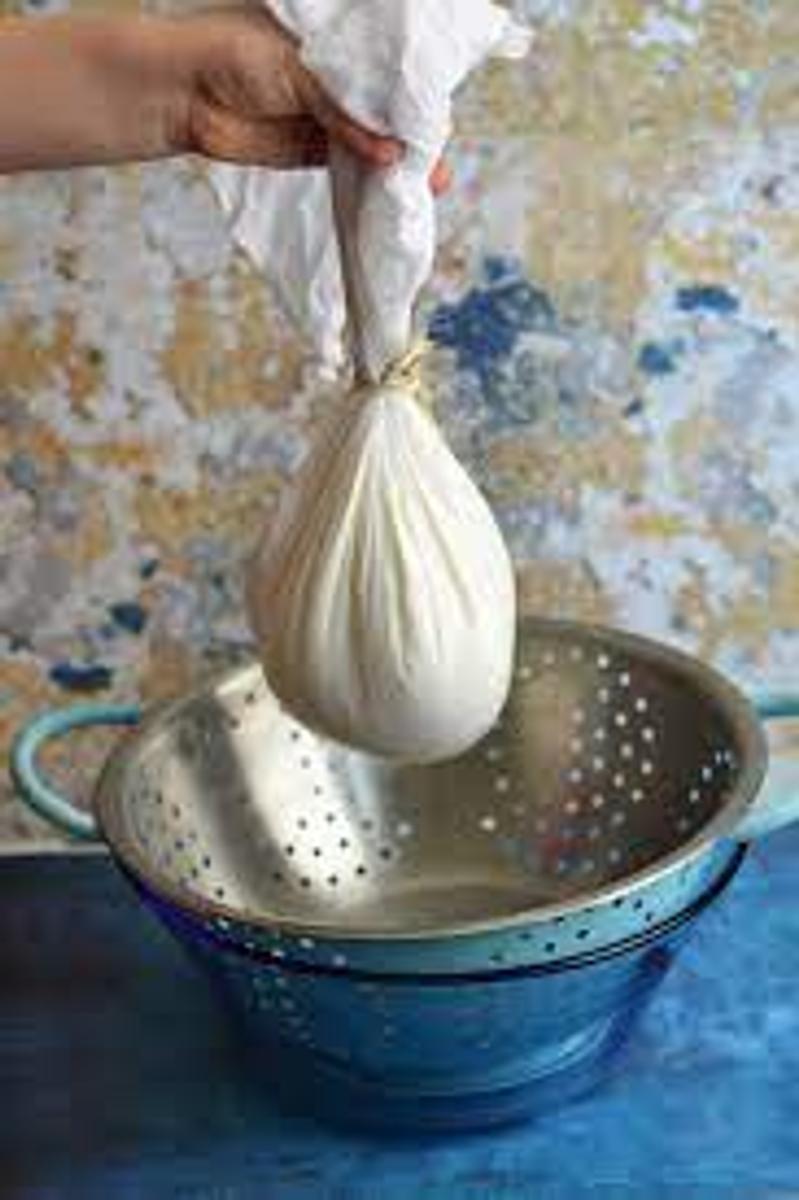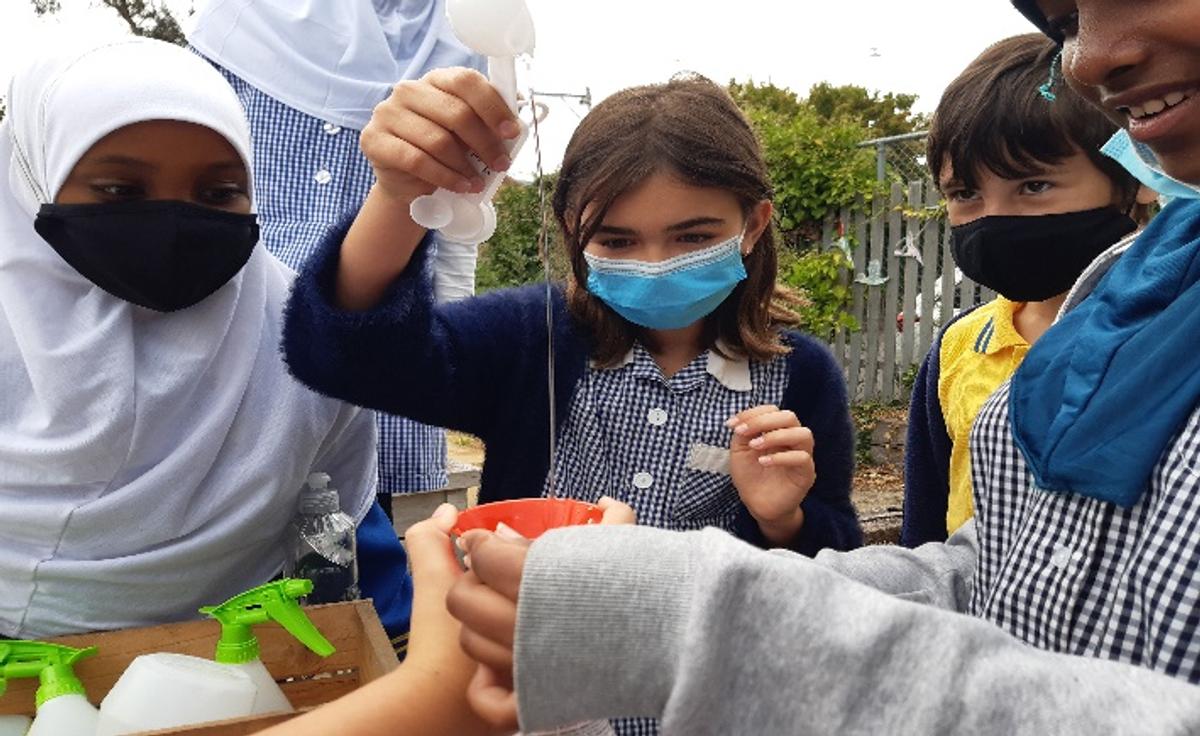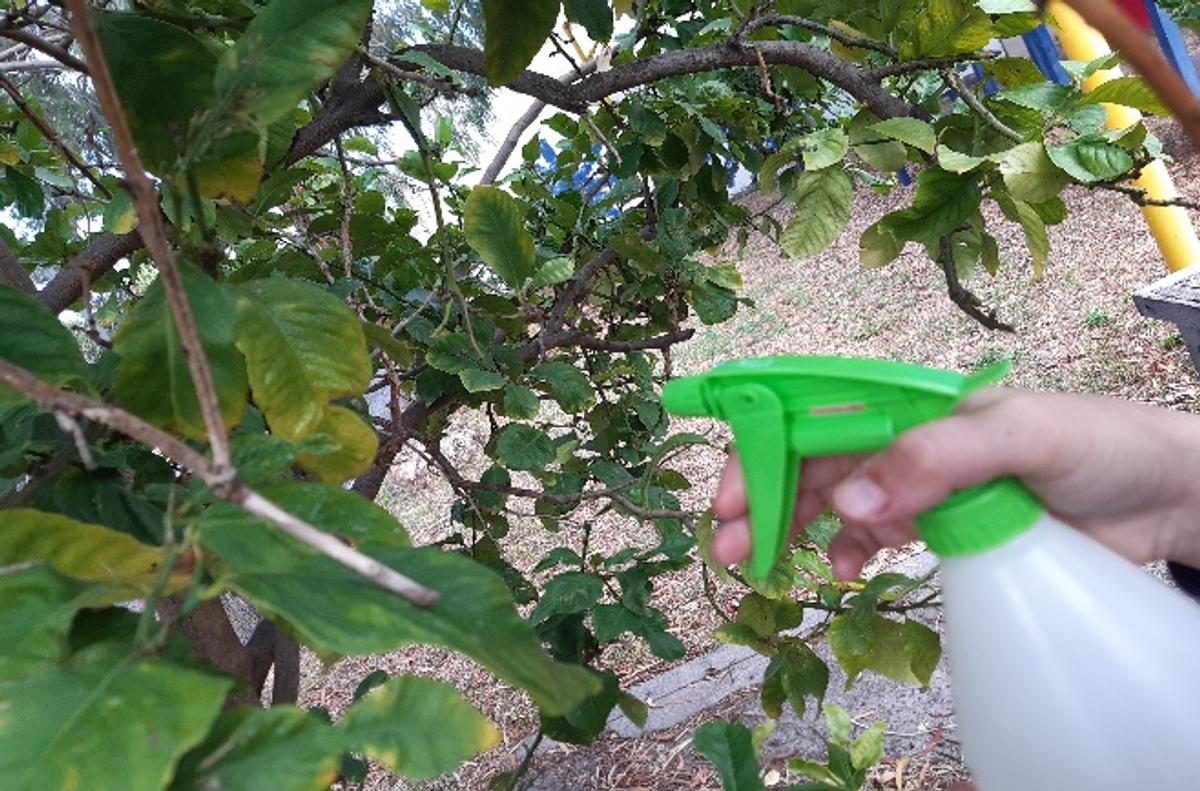Kitchen Garden

In the Kitchen
This week students tasted the labneh they made last Kitchen Garden session. They served it on Lebanese flat bread with our kitchen garden tomatoes and basil. Students researched and compared plant and animal-based milk and compared pikelets they made with oat milk, soy milk with those made with full cream cow’s milk.
Labneh
Labneh, also spelled labne, is a Middle Eastern (and particularly Lebanese) strained yogurt. Labneh is spreadable like cream cheese and tangy like sour cream.
How to Make Labneh
You can use any type of full-fat yogurt to make labneh—sheep’s milk will be tangier and cow’s milk creamier. The only type to avoid is set Greek yogurt, which won’t drain properly. You will need muslin or cheesecloth to strain the cheese.
Ingredients
- 1kg full-fat yogurt
- 3⁄4 teaspoons salt
- Add the yogurt and salt to a medium bowl and mix well to combine.
- Line a colander with a piece of muslin or cheesecloth large enough to hang over the sides, and place the colander over a bowl.
- Transfer the yogurt to the centre of the cheesecloth and tie the excess cloth so that the yogurt is tightly covered.
4. Place a plate and heavy weight over the cheesecloth (a few cans or jars will do), and transfer the bowl to the refrigerator. Let the yogurt drain for at least 12 hours and up to 48 hours.
5. After draining, discard the collected water. The remaining yogurt should least half be very smooth and creamy, like cream cheese. Transfer to a bowl. Labneh keeps in the refrigerator in an airtight jar or container for up to a week.
In the Garden
In the garden, students learnt about organic pest control creating garlic spray and using milk to control garden pests.
Organic Pest Control - Garlic Spray for garden pests such as aphids, whiteflies, and leaf hoppers.
Ingredients
1 head of garlic
1 tbsp dish soap (Note: do not use a dish soap that contains bleach)
2 cups water
2 tbsp mineral or vegetable oil
Method
1. Peel the garlic cloves and puree the cloves along with the oil and water.
2. Allow to sit overnight and then strain the mixture.
3. Add the soap and mix toughly.
4. Pour into a spray bottle and use on pest infected plants
-Robbie & Vicki





